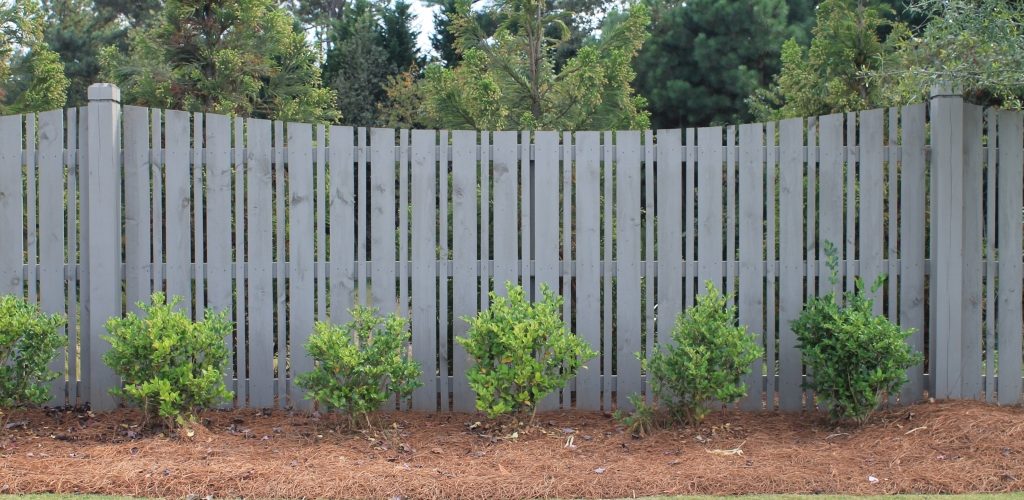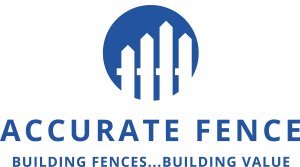Should I repair or replace my fence?
When your fence starts to wear down, it can quickly become more of an eyesore than an asset. Whether it’s due to age, finish wearing off, wood-eating insects, or the weather itself—all fences eventually need to be fixed. This can leave homeowners with a very important question: Should I repair or replace my fence?
Given the variety of materials and types of fencing out there, the answer to that question may be different depending on what kind of fence you have. So, let’s take a look at the three most common fence types: Wood, Aluminum, and Vinyl.
Wood Fence
Wood fencing is one of the more widely appealing options, but unfortunately, it’s also the option that requires the most upkeep. Wood is susceptible to the elements such as water damage and insects, and although sealants and finishes can help mitigate the damage and prolong the life of your fence, these fences will need more upkeep and a more careful eye when inspecting their integrity.
When inspecting your wood fence, it’s important to look for cracks, holes, weather damage, or rotting. Many focus entirely on the pickets, and while that is important, the posts can easily be overlooked—especially since they are dug into the ground and in more constant contact with moisture from the soil.
Sometimes, it’s more cost-effective to simply replace a picket or two as they weather down for wooden fences. One thing to note when replacing or repairing specific slats is, that the replaced pickets may look slightly different from the others, even when matching stains or sealants. However, the good news is that they will quickly start to match the surrounding pickets over time.
Aluminum Fence
Aluminum fencing should last a long time if properly maintained. Aside from falling trees, large branches, and sudden accidents, the most significant things to look out for are bubbling paint, rust, or the ground shifting that may cause warping of posts or shifting sections of fence. Repairing can be as simple as sandblasting and repainting. For warping posts, slats, or sections, it’s usually best to call a qualified professional to replace them.
Vinyl Fence
Vinyl typically requires the least amount of upkeep or concern for wear and tear of the fencing options. Since vinyl is basically plastic, and most have built-in color instead of painted-on, this option is essentially impervious to water and insect damage. Most vinyl fencing simply requires periodic washing with a garden hose or pressure washer for maintenance. That being said, the most common problem with vinyl is due to UV rays and sunlight damage. Prolonged exposure to harsh sunlight can make the vinyl more brittle and eventually more prone to cracking and warping. Since vinyl is usually cheap and easy to work with, it’s typically no big issue to simply replace any warped or cracked pickets or sections of vinyl fence.
The 20% Rule
For most fencing professionals, there is something called The 20% Rule. This general guideline states that if 20% or more of the fence is damaged or in need of repair, then it’s best to replace the whole fence instead of the individual sections. This rule varies slightly with fence material and styles, and it’s still essential to assess all fence damage on a case-by-case basis.
Conclusion
If you find yourself wondering how extensive the damage to your fence is and the appropriate response, your best bet is to contact a professional.
We have years of experience installing, inspecting, repairing, and replacing fences of all types. We would be happy to give you realistic and cost-effective options. If you think it might be time to replace your fence, reach out to us, and we can have an experienced professional on-site to assess your fence and give an estimate that best works for your situation.

